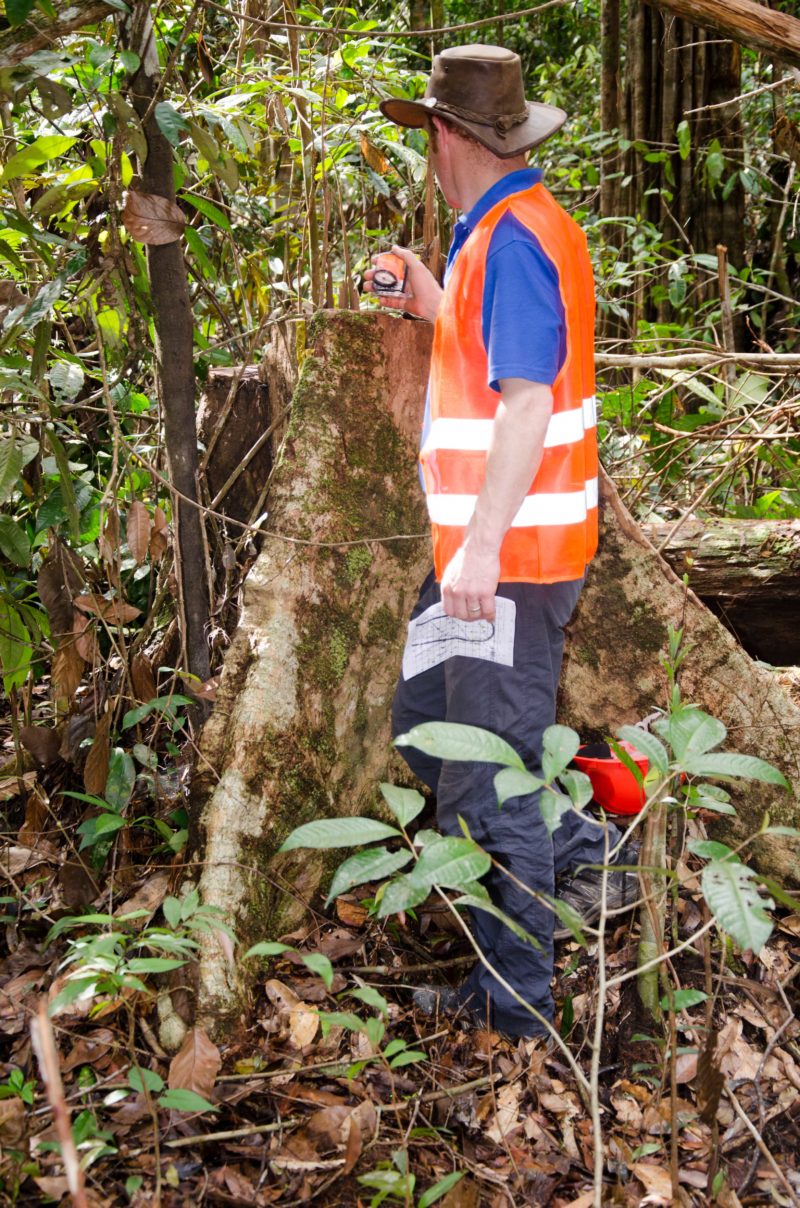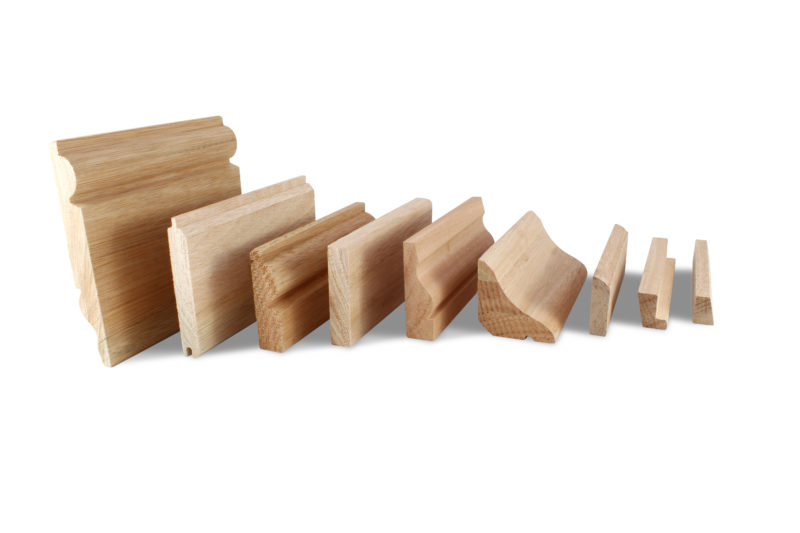
Timber is already a profitable category, but could high value hardwoods offer merchants an option to expand into new areas of business? PBM reports.
Timber is in vogue for upmarket home extensions and architect-led new builds and refurbishments. Yet not everyone wants the industrial look of sheet materials or the sleek lines of Scandinavian glulam beams. Hardwoods may only be a small proportion of the marketplace, but they are still demanded in construction and joinery — and offer a higher value sale.
Times have certainly changed from the days when tropical hardwoods represented reputational risk, says Andy Duffin, Director at James Latham Timber and Chairman of the Timber Trade Federation’s National Hardwood Division: “If you buy hardwoods today from a Timber Trade Federation member, you will be buying from a company that has undertaken rigorous research into its supply chains and has subjected its due diligence practices to regular third-party audits under the Federation’s Responsible Purchasing Policy (RPP). Utilising the RPP is how companies like James Latham mitigate risk in our supply chains.
Andy continued: “Rarer tropical species often have better supply chain controls and checks than more popular temperate species. As part of our assessment, we look in detail at the many different schemes now covering legality of harvesting and log traceability: the two main certification schemes, FSC and PEFC cover sustainability of both products and supply. The secondary schemes mainly cover the legality of the harvesting in the country concerned. Our interaction with all such schemes is then independently audited as part of the Timber Trade Federation’s RPP process.”
Hardwood merchant Gilmour & Aitken assist many general builders’ merchants in achieving hardwood sales, as Marketing Manager Nicola Aitken explains: “If you are at all nervous about taking on tropical hardwoods, be aware that many species are now available with either FSC or PEFC certification, or have passed the relevant hurdles to be acceptable under EUTR.

“Hardwoods are the opposite of a merchant’s normal fayre — they’re low volume but high value,” she continues. “On the joinery side, Meranti and Sapele are good entry species. Utile and Iroko are also worth investigating for joinery customers: both are stable and durable and excellent for use externally.
“Another way of entering the hardwood market is through decking,” Nicola adds. “The service life of hardwood decking can be at least 20-30 years. We sell Balau decking and machine our own Opepe decking, neither of which need timber treatment. If you recommend a hardwood deck you also need to recommend hardwood under-deck joists as softwood joists would deteriorate far faster than the hardwood deck sitting on the top. Similarly, hardwood fence posts also last longer in ground contact that softwood ones.”
Paul Holstead, Commercial Director at Timbmet, is also aware of merchants’ need for advice to make the most of hardwood sales potential. He said: “Hardwoods are not the easiest things to sell: each piece is different, unlike the standard-sized products in, say, sheet materials or softwoods. Merchants can therefore be hesitant to get involved, as hardwoods require a level of knowledge of the different materials and their uses
“However, we’ve recognised this need for knowledge and we’re doing something about it. We’re converting our Oxford headquarters showroom into a training room. The different hardwood displays are separated geographically, so you can see where they come from alongside the features and benefits of each of the 21 different hardwood species we stock. We also have a 300,000 sq ft operation which customers can visit to see everything from the selection process onwards.”
James Latham’s Andy Duffin agrees with the need for greater customer education, explaining: “As an industry, we’re not as good as we should be in training our merchant customer base in hardwoods. That’s a conversation we really should be having with you.”

Yet Andy clearly feels there are a variety of business opportunities for merchants who have the right knowledge in place, from standard to bespoke products. He continued: “Meranti is coming in already-processed from Indonesia and Malaysia. This has attracted consumer interest via a range of standard products, but as ever, consumers are now looking for the possibility of more bespoke mouldings.”
Merchants also need products which are ‘fairly hardy’. Andy says: “The nature of merchanting means things will inevitably get moved around in the timber yard. European Oak sleepers are pretty hardy and have a relatively high value. Hardwood flooring in a box is also easy to move when necessary. Ash is a useful species as it can be stained to look like Oak or easily painted in fashionable colours. It’s also hard-wearing and durable. Walnut is another popular choice.”
Meanwhile, Paul Holstead notes: “European and American Oak are by far the biggest sellers, but Ash, Walnut, Poplar and red hardwoods also seeing strong demand.”

So, what are some of the other challenges and advantages of marketing hardwoods? According to Nicola, “one of the key challenges is getting across the message that sustainable hardwoods are not ‘bad for the planet’. Well-managed forestry keeps the tree canopy intact, providing an income in fragile forest economies and thus a sustainable economic future.”
She adds: “In fact, the single biggest marketing advantage of tropical hardwoods is their carbon storage potential, which is becoming more important in work for local and national authorities. As a rule of thumb, the more dense the timber, the greater its carbon storage potential — locking up CO2 in the wood fibre for its lifetime in use.”
Summing up the prospects, Timbmet’s Paul Holstead says: “There is a distinct margin opportunity with hardwoods. Those merchants who are investing in training specific hardwood timber champions are seeing a business benefit. It’s also a field which has less competitors than the general run of timber products, so honing your hardwood knowledge and service offering can certainly improve your sales potential — along with enhancing your reputation.”
For more information on Timber Trade Federation members, click here .









